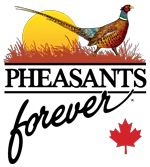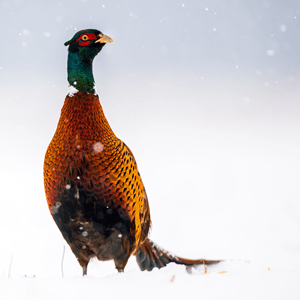Foraging pheasants love untouched ditches and right-of-ways
By: Craig Lester
Winter can be harsh in southern Alberta, meaning it is essential for pheasants to bulk up before the snow starts to fly and the temperature drops.
The foraging season is one of the four major phases of a pheasant’s life cycle. The others are nesting, brood rearing and winter survival. The four phases correlate roughly with the season of spring, summer, fall and winter.
Juvenile and adult birds are currently on a feeding binge as they work to build up fat reserves that will be needed throughout the winter.
While birds eat many types of grain, insects, leaves, and seeds most of the year, cereal grains make up more than half of their diet during the fall months.
Forage-friendly ditches and right-of-ways
With harvest in the latter stages across much of southern Alberta, attention now turns to getting any soil work that needs to be done ahead of the ground freezing.
Farmers should be aware that public right-of-ways and ditches should be left alone, not only because trespass farming is illegal but also because it would destroy a food source and cover for all the birds that call these areas home.
Leaving the natural vegetation in the ditches and public right-of-ways makes it easier for pheasants and many other upland birds to forage.
If these areas are cultivated and disturbed, the birds have to work harder to find what they need to survive the winter.
The dense grasses give the birds thermal cover to help them deal with the frigid temperatures and remain safe from predators.
It also improves the physical health of pheasants, promoting increased reproductive success for hens.
Leaving these areas alone also increases habitat diversity, which is key to supporting a good population of pheasants and other wildlife.
Save the Edges is bringing awareness of the issues of trespass farming and the values of intact roadside ditches and undeveloped public right-of-ways to southern Alberta’s landowners.



